Fruit Trees
Fruit-bearing trees can do well in northern climates, making it a great choice for planting in Minnesota. Because of the importance of pollination in the process of growing a fruit, fruit trees have an easier time getting the pollen required when the correct trees are planted within a close proximity. With few exceptions, fruit will not form without pollination. Without it, flowers may bloom abundantly, but will not bear fruit. However, some species of fruit trees do have flowers that self-pollinate, and are self-fruitful. When planting for pollination, a fruit tree that requires a pollinator needs to be within 100 feet. Bees that carry pollen are unlikely to fly back and forth if the distance is greater.
Apples
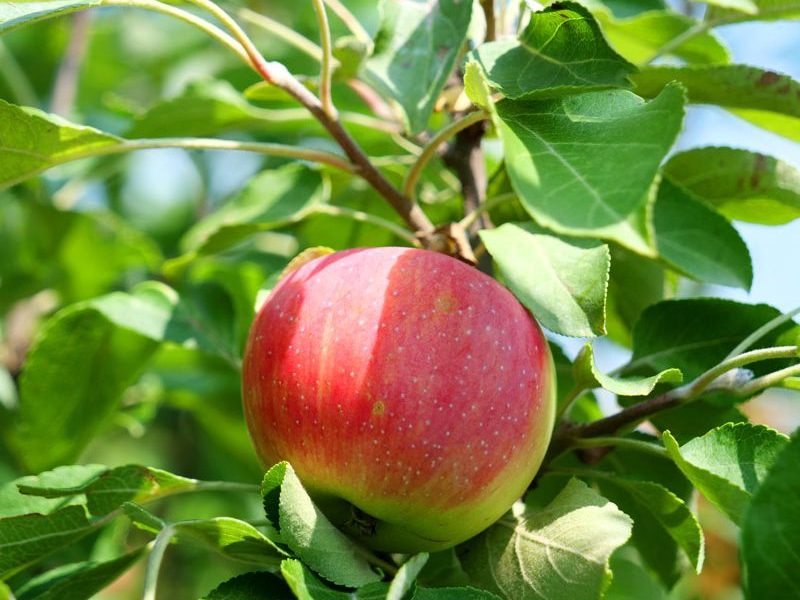
Apples require pollen from a different apple variety to grow fruit (cross-pollinate). Choose varieties that have similar flowering times – early, mid or late season. Of the varieties that are required for successful pollination, one can be a crabapple.
Cherries
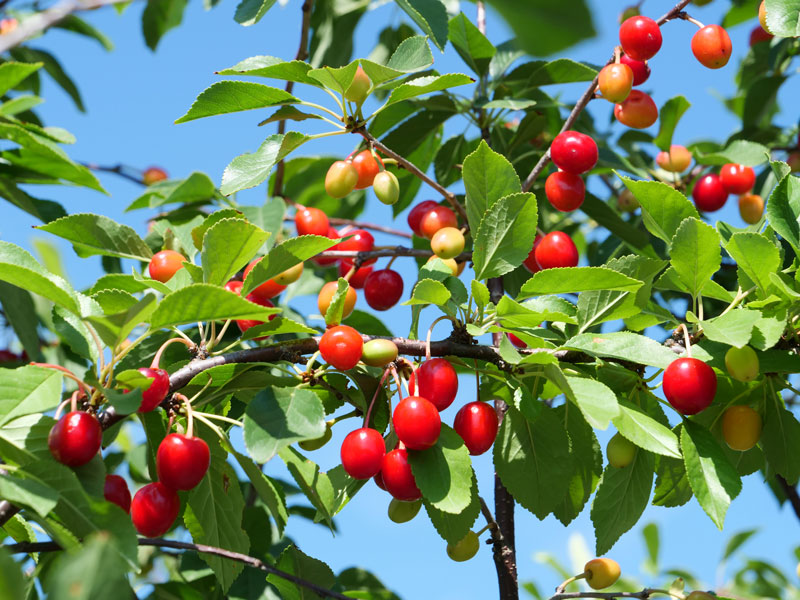
Sour cherries are self-fruitful and do not require a pollinator. For sweet cherries, you will need two different varieties for pollination. Most zone 4 hardy cherries are of the sour variety.
Peaches
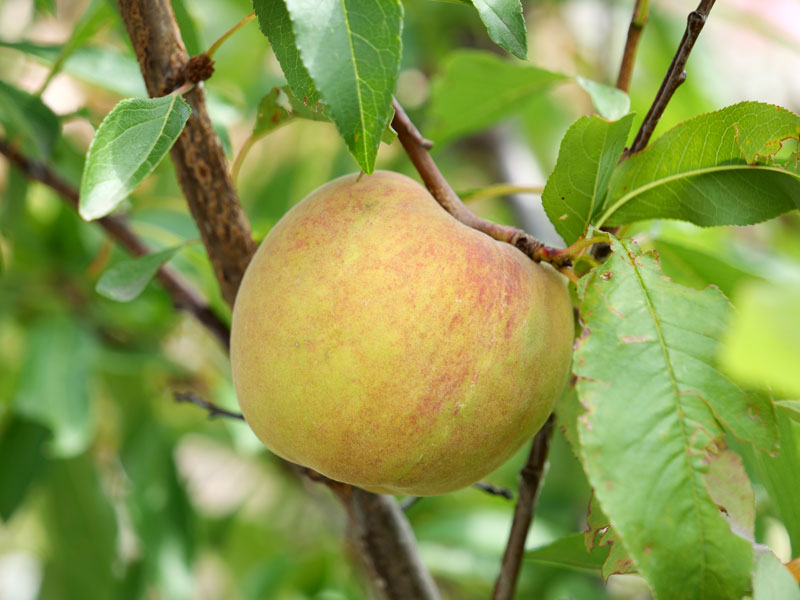
Peaches are self-fertile, which means that a single tree, with the presence of adequate insect pollinators, can pollinate itself.
Pears
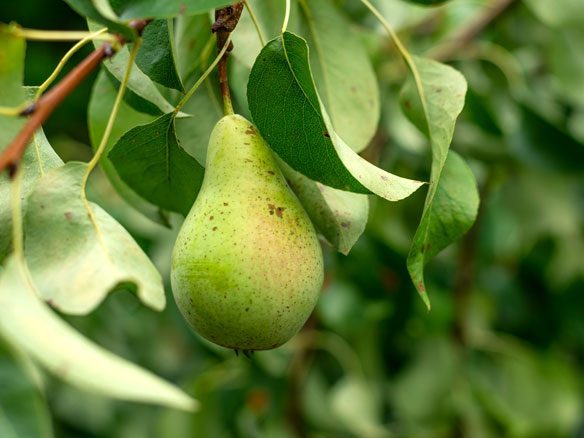
Pears require a pollinator to produce fruit. Most pears that bloom at the same time are suitable pollinators. With small amounts of nectar and low sugar content, pears require more pollinators and bees than any other fruit.
Plums
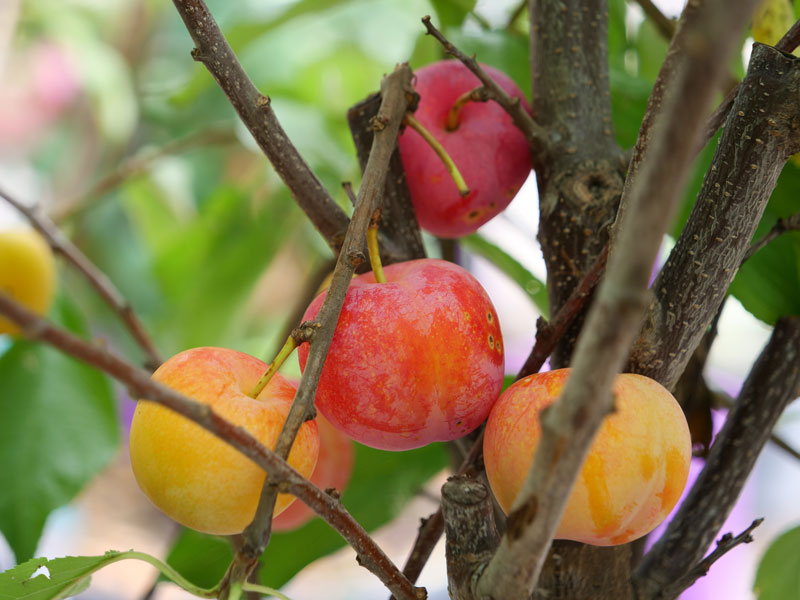
Some plum varieties need pollinators and some are self-fruitful. Mount Royal is a self-fruitful variety and Toka is one of the best varieties for pollinating.
